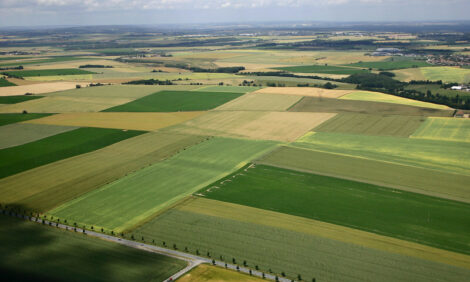



Corn Residue Creates Opportunity for Cattle Industry
US - This year's drought means producers are looking for options to feed their cattle. University of Nebraska-Lincoln beef specialists suggest grazing corn residue.Corn plants create as much residue as they do grain, and growers then have to figure out how to dispose of the residue before it chokes next year's crop.
Stalk shredding and tilling will help manage excess residue, but Terry Klopfenstein, UNL animal scientist, said it's better to give it to the cattle industry.
As the amount of available conventional forage decreases following the drought, he suggests giving around 10 per cent of corn residue to cattle for grazing.
"The cattle do the work," he said. "You don't have to spend money on equipment, fuel or labor."
"Taking off some residue is just good for crops," he said.
Despite worries about the effect of the cattle, they actually seem to have minimal impact on the soil and yield. Compaction can be a problem in the spring when soil is muddy, but the risk is very small after fall harvests.
"It's probably a positive because they're mixing the soil and the residue," Mr Klopfenstein said.
The cattle first eat any grain that harvest may leave behind, but most often they eat the husks and leaves. They generally leave behind the stalks, the most beneficial part of the plant for the soil.



